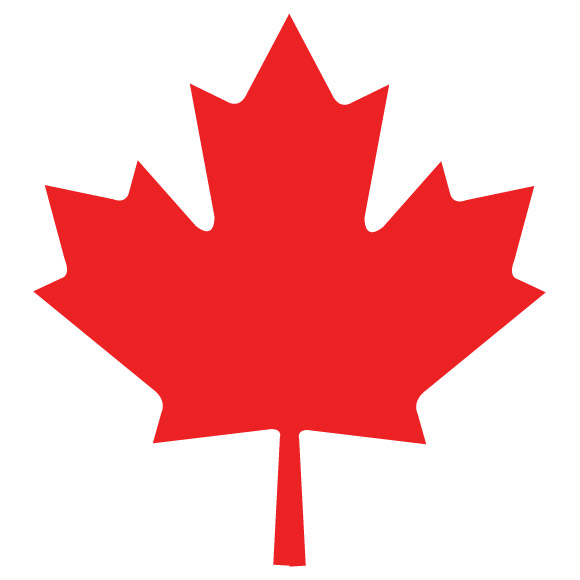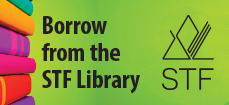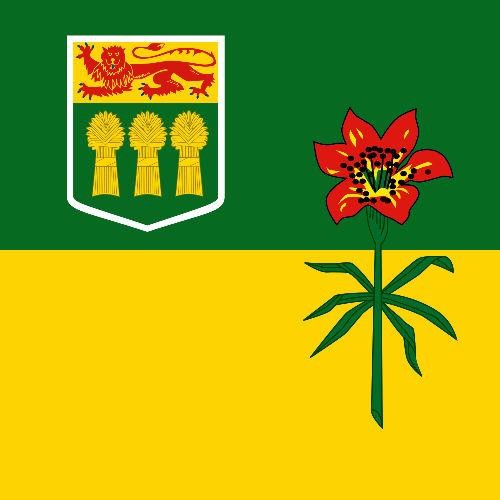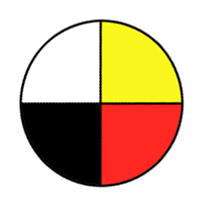Analyze how light interacts with different objects and materials to create phenomena such as shadows, reflection, refraction, and dispersion.
| (a) |
Pose questions about the interaction of light with different materials (e.g., How are shadows formed? How can we change the direction of light? What colours are in light?). |
| (b) |
Investigate how light interacts with various objects to determine whether the objects cast shadows, allow light to pass, and/or reflect light. |
| (c) |
Classify materials and objects as opaque, transparent, or translucent based on personal observations. |
| (d) |
Design and carry out a fair test of the reflective properties of surfaces of different shapes and textures (e.g., mirrors, flat foil, crumpled foil, white paper, coloured paper, and spoons). |
| (e) |
Develop simple conclusions about the reflective properties of surfaces of different shapes and textures based on observation and experimentation. |
| (f) |
Demonstrate and describe how transparent media of different composition and shape (e.g., prisms, plastic blocks, glasses of water, and lenses) are used to change the direction of light. |
| (g) |
Investigate how light interacts with optical devices such as kaleidoscopes, reading glasses, microscopes, periscopes, telescopes, and magnifying glasses. |
| (h) |
Demonstrate the dispersion of white light into various colours using a prism, and draw simple conclusions about the composition of white light. |
| (i) |
Identify characteristics and effects of radiation that are slightly below (i.e., infrared radiation) and slightly above (i.e., ultraviolet light) the frequencies of visible light. |
| (j) |
Experiment with mixing colours of light to create colours that meet a student-specified function (e.g., mood for a dance or dramatic production). |


A light kit is enclosed with this book. It includes three colour gels (red, blue, yellow), three sheets of polarized film and one diffraction grating peephole.












